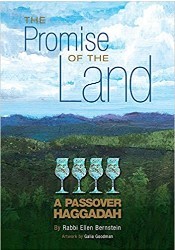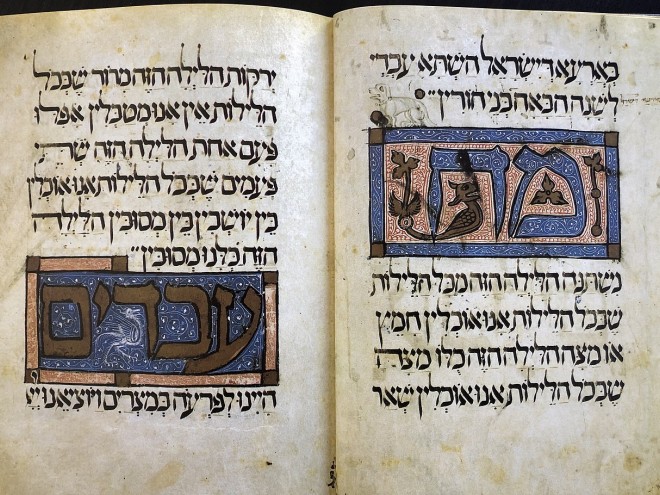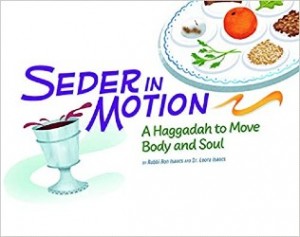“And you shall tell your son on that day….” This simple command in Exodus has led to more than five thousand versions of the Passover story. Ochs recounts its life beginning with various mentions in the Bible and ending with the profusion of Haggadot today; these variations reflect the geographical spread of Jewish communities, the diversity of practice, and historic events. For anyone interested in the emergence and complex evolution of the Haggadah, this biography offers a trove of information in engaging and inviting language.
The biblical mentions range from the original Passover, preceding the flight from Egypt, to the extravagant festivities celebrated at the Temple in Jerusalem under the kings Hezekiah and Josiah; there are no rituals described for these celebrations. In response to the destruction of the Temple in 70 CE, the rabbis struggled to create practices that would preserve the holiday and its significance; their transmittal was entirely oral, but their discussions and rituals were eventually recorded in the Mishnah and Tosefta, which have brief descriptions of the home ceremonies that took place in the first decades after the destruction.
By the eleventh century, texts from the centers of Jewish learning were consolidated in a recognizable Haggadah and adopted throughout the Jewish world — augmented by regional ritual. By the medieval period a Haggadah for family use was coming into use, and with it the desire to enhance the holiday (hiddur mitzvah), giving rise to elaborately illustrated and illuminated Haggadot commissioned by rich families.
The advent of printing gave rise to a robust market for Haggadot and made it possible to own multiple copies and replace overused ones. Notable editions featured such attractions as translations into the vernacular to accompany the Hebrew text, and commentary as well as illustrations, explanations, and instructions.
The next major innovation came in the nineteenth century, when Reform Judaism and the kibbutz movement further energized the creation of Haggadot reflecting new mind sets and approaches to Judaism; however, this burst of ideologically inspired Haggadot was overshadowed by World War II and the Holocaust. Notable Haggadot of the wartime period include the lavishly illustrated edition by the artist Arthur Szyk linking the Jewish slaves in Egypt to the persecuted Jews of Europe, and versions created for those who served in the war. The question of how to memorialize the Holocaust within the Haggadah continues to be relevant when creating postwar Haggadot.
Which brings us to the publication today of Haggadot, and the question of why we keep revising the Haggadah after centuries of use. In the closing of the biography, Ochs critiques the flaws and the value of the Haggadah and concludes that the final pages of its life are yet to be written.
The Passover Haggadah is a volume in the Lives of Great Religious Books published by the Princeton University Press.
Maron L. Waxman, retired editorial director, special projects, at the American Museum of Natural History, was also an editorial director at HarperCollins and Book-of-the-Month Club.




